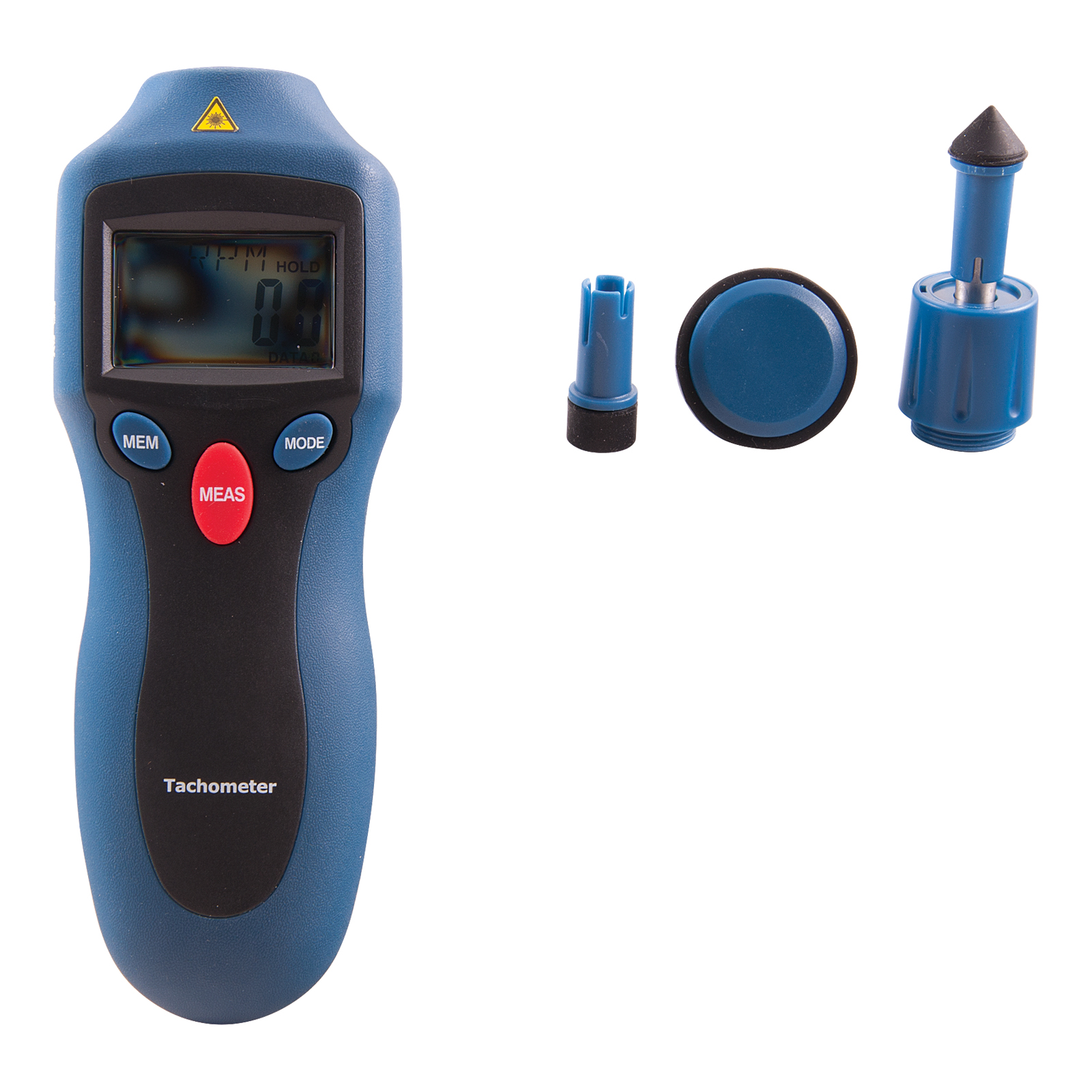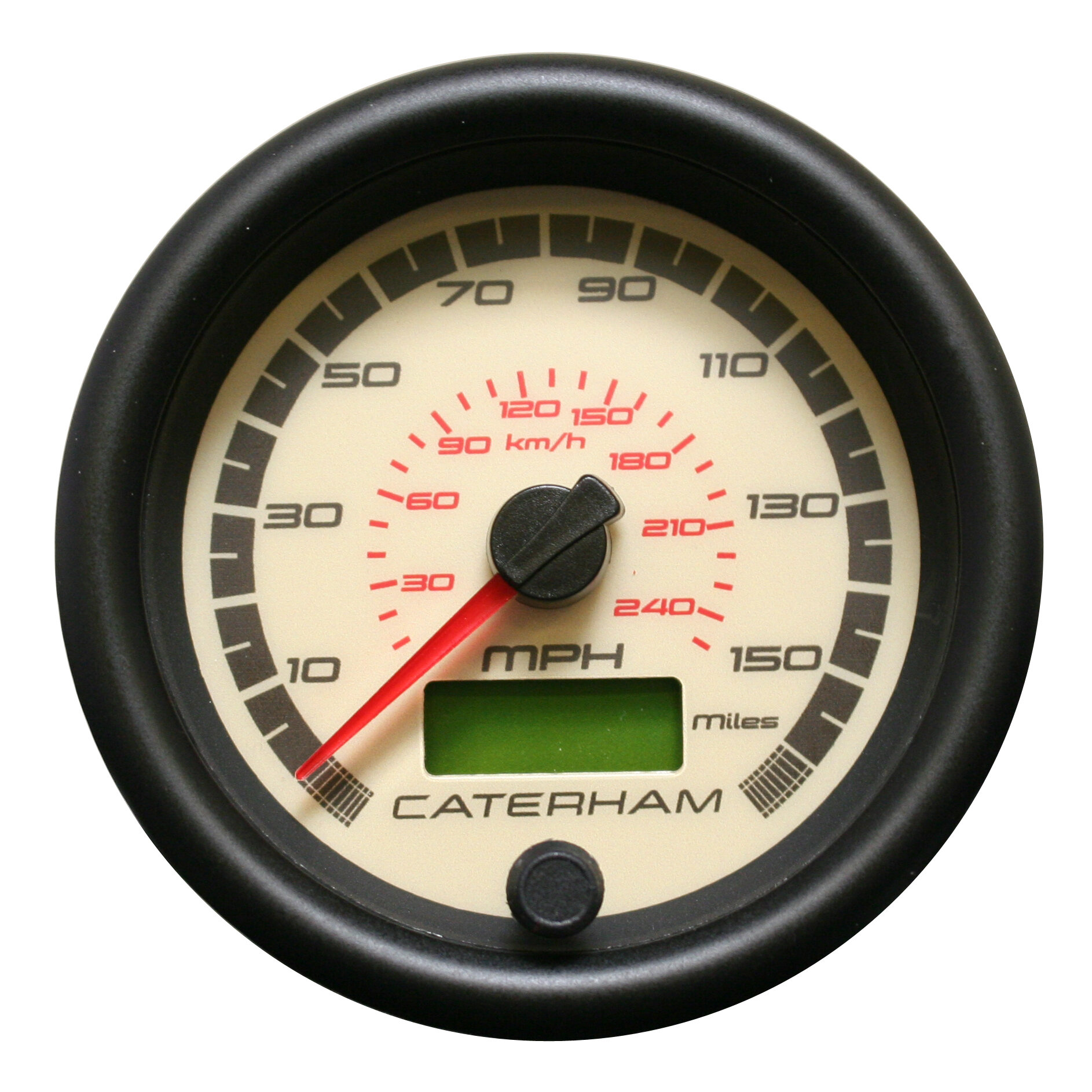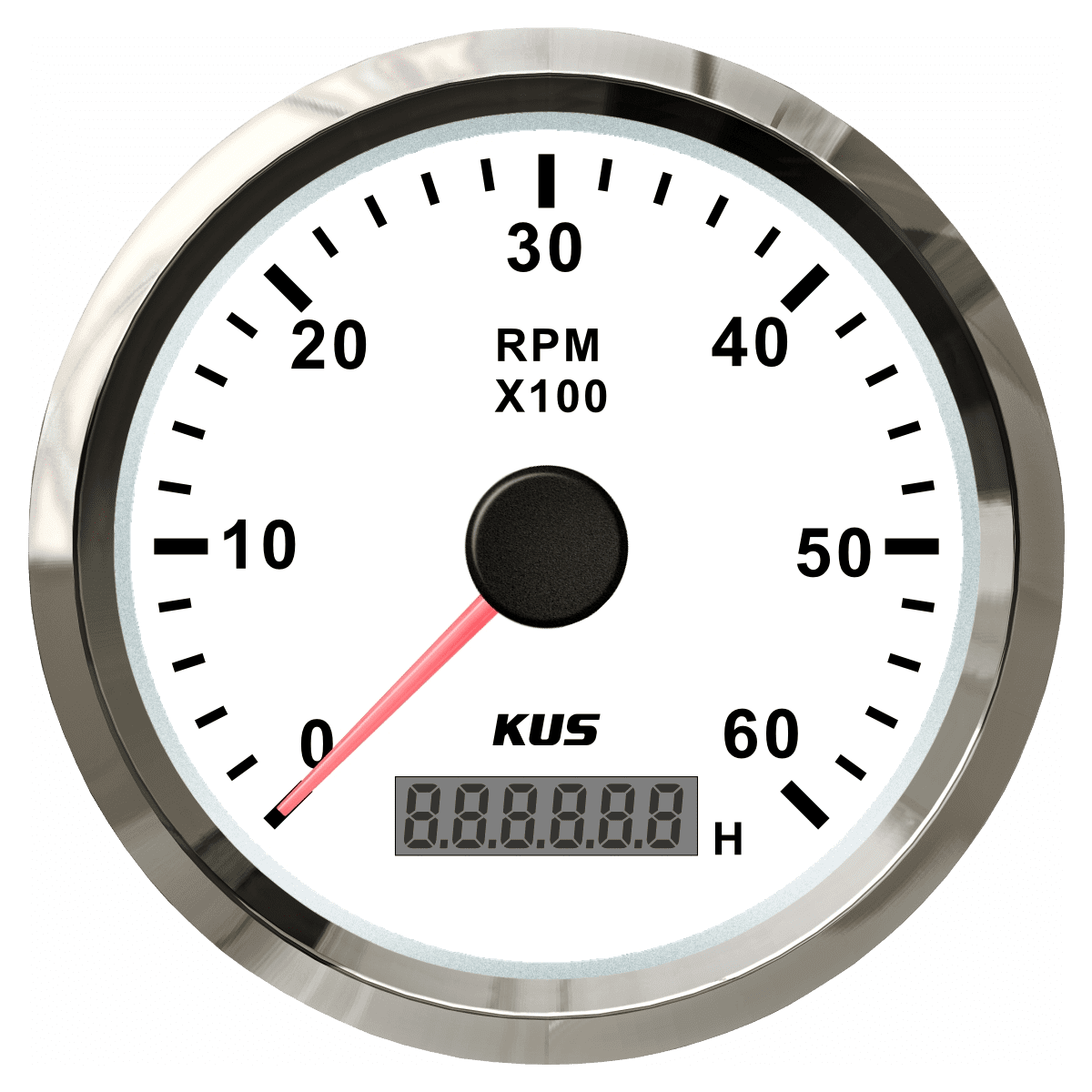The Significance of a Tachometer in Keeping Track Of Engine Speed and Performance in Automotive Applications
In the world of automobile design, the tachometer stands as an essential instrument in the driver's arsenal, offering a direct home window into the internal functions of a vehicle's engine. Past its feature as a mere gauge of revolutions per min (RPM), the tachometer functions as an important device for lovers and professionals alike, supplying real-time insights right into engine efficiency and health and wellness. Understanding the relevance of this gadget exceeds surface-level observations, diving right into the complex connection between engine speed, power result, and overall driving experience. As we explore the diverse duty of the tachometer in automobile applications, a deeper gratitude for its effect on lorry dynamics and effectiveness starts to emerge.
Relevance of Checking Engine RPM
Keeping an eye on engine RPM, or revolutions per minute, is an essential facet of vehicle maintenance and efficiency assessment. Engine RPM straight associates with the rate at which the engine's crankshaft rotates, showing exactly how promptly the engine is running - tachometer. By keeping an eye on RPM, auto mechanics can assess the health of the engine, find prospective concerns, and fine-tune efficiency. An abnormal RPM reading might indicate problems such as engine misfires, malfunctioning ignition system, or issues with the fuel shipment system. Constantly high RPM analyses might suggest aggressive driving habits or the requirement for a higher equipment change to boost gas effectiveness.
Additionally, keeping track of engine RPM is important for performance evaluation in racing and high-performance vehicles. Preserving optimum RPM degrees is essential for attaining peak power result and velocity. Racers usually utilize tachometers to guarantee they are running within the ideal RPM variety for optimum performance. In recap, monitoring engine RPM is not just vital for detecting concerns however also for optimizing engine performance in various auto applications.

Advantages of Real-Time Data
In automobile applications, real-time data plays an important role in supplying immediate insights right into the performance and problem of the car. By constantly monitoring numerous criteria such as engine speed, temperature, fuel usage, and more, real-time information offers numerous advantages that contribute to enhanced performance and safety on the roadway.
One substantial advantage of real-time information is its ability to alert motorists and professionals to any type of anomalies or problems promptly. This proactive approach makes it possible for fast recognition of potential troubles, enabling timely interventions to stop more damage or failures. In addition, real-time data helps with performance optimization by giving prompt comments on driving behaviors and engine efficiency. Chauffeurs can readjust their habits in real-time based upon this details to accomplish much better gas economic situation and extend the life expectancy of their automobile.

Furthermore, real-time data plays a vital duty in contemporary automotive diagnostics, enabling technicians to swiftly identify and resolve malfunctions. This brings about reduced downtime, reduced upkeep expenses, and inevitably, enhanced total automobile reliability and longevity (tachometer). By harnessing the power of real-time information, automotive stakeholders can make informed choices that positively influence both the performance and durability of the vehicle
Effect On Gear Shifts
Effective equipment shifts in automobile applications dramatically affect total performance and driving experience. The tachometer plays a vital function in enhancing equipment changes by offering real-time engine speed data to the chauffeur. When approaching the redline on the tachometer, it indicates the driver to upshift to avoid over-revving the engine and triggering prospective damage. On the navigate to this site various other hand, downshifting at the right moment can assist preserve the engine in its power band, making certain receptive acceleration when needed.
In addition, the tachometer help in accomplishing smoother equipment changes, specifically in manual transmissions. By checking engine speed, drivers can carry out gear changes at the optimum RPM variety, minimizing snagging movements and minimizing wear on the transmission components. This accuracy on duty adjustments not only improves driving comfort however likewise adds to fuel efficiency.
Enhancing Gas Effectiveness
Given the critical role the tachometer plays in maximizing equipment changes for performance and engine wellness, it directly adds to optimizing fuel effectiveness in auto applications. By providing real-time responses on engine speed, the tachometer helps vehicle drivers in maintaining one of the most efficient RPM range for gas economic climate. When vehicle drivers continually monitor the tachometer and readjust their motoring behaviors anchor as necessary, they can stay clear of unnecessary fuel intake brought on by over-revving or lugging the engine.
Additionally, the tachometer aids chauffeurs determine one of the most fuel-efficient equipment to be in at any kind of given minute, protecting against the engine from working harder than necessary. This is especially important during acceleration and travelling, where remaining in the best gear can substantially impact gas effectiveness. Furthermore, the tachometer can alert chauffeurs to possible mechanical problems that could be adversely impacting fuel economic situation, such as a slipping clutch or a blocked air filter. In final thought, the tachometer functions as a beneficial device in boosting gas performance by promoting optimum driving behaviors and recognizing locations for enhancement in the vehicle's performance.

Optimizing Engine Durability
The tachometer's duty in checking engine speed and efficiency is crucial in guaranteeing the durability of auto engines. By making use of the tachometer effectively, chauffeurs can maximize engine durability through conscious RPM monitoring. Consistently revving an engine expensive can cause too much damage on important components, such as the pistons, valves, and bearings. In time, this can lead to decreased engine performance and possible breakdowns. Checking the tachometer enables motorists to remain within the suggested RPM variety for their vehicle, preventing unnecessary strain on the engine and extending its life-span.

Conclusion
To conclude, the tachometer plays a critical function in keeping an eye on engine speed and efficiency in auto applications. By offering real-time data on RPM, it permits reliable gear changes, improved fuel effectiveness, and made the most of engine longevity. This tool is important for maintaining optimal engine efficiency and ensuring the total functionality of a lorry.